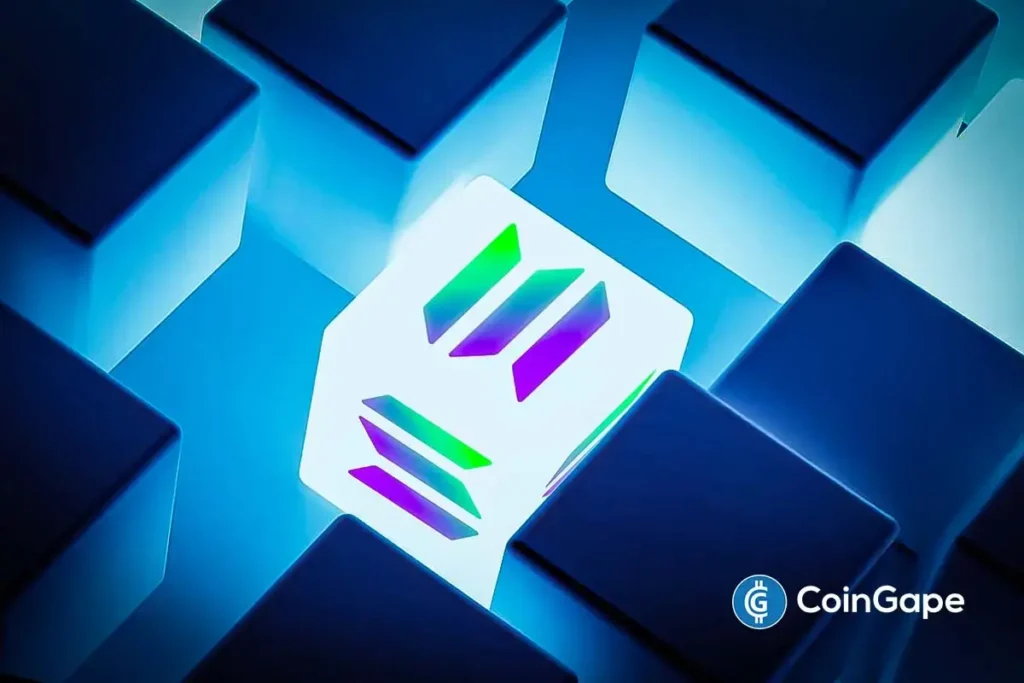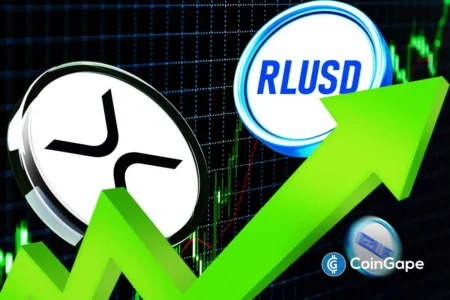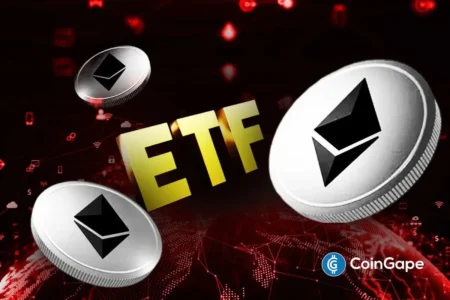Solana Network Increases Block Capacity: Revolutionizing Transaction Processing
In a bold stride for blockchain technology, the Solana network has boosted its block capacity by 20%, escalating it to an impressive 60 million Compute Units (CUs). This groundbreaking upgrade was announced by Helius CEO Mert Mumtaz, signifying a major step towards reducing network congestion and lowering transaction fees. With plans to further enhance this capacity to 100 million CUs by the year’s end, Solana is making significant strides in scalability and overall performance.
Major Upgrade: What It Means for Solana
The capacity increase, initiated as part of the SIMD-0256 proposal, represents a notable enhancement in the Solana blockchain’s ability to process transactions. Each transaction within the Solana network consumes a different number of CUs dependent on its complexity, making the limit an essential factor for performance. Previously capped at 48 million CUs, this recent increase not only accommodates more transactions but also allows for more intricate ones, reflecting Solana’s commitment to evolving its ecosystem.
As highlighted by Mumtaz, the goal isn’t merely to increase capacity but to ensure that developers can create more expressive and user-friendly applications. This change is crucial for fostering a more dynamic and innovative environment in decentralized finance (DeFi) and gaming sectors, further solidifying Solana’s position as a leading blockchain platform.
Future Improvements on the Horizon
The upgrade also comes with a promise of further improvements. Aiming to double the block capacity eventually, the focus on enhancement doesn’t stop with the recent boost. Future proposals, such as SIMD-0286 co-led by Lucas Bruder, CEO of Jito Labs, herald a future where Solana can process an astounding 100 million CUs. This increase will enhance capacity while maintaining network stability, a crucial consideration as the platform continues to mature.
Bruder’s insights emphasize the necessity of increasing block limits to provide additional capacity during peaks in network traffic, ensuring that the blockchain remains not only operational but efficient and reliable. As Solana continues to innovate, the implications for developers and users alike are immense.
Impact on Transaction Fees and User Experience
One of the most impactful outcomes of this upgrade will be reduced transaction fees for users on the Solana network. As congestion decreases and block capacity increases, the cost associated with transactions will likely decline significantly. For developers, this improvement means that they can build applications that offer more value to users without worrying about prohibitive transaction costs.
This greater efficiency is poised to enhance user experience on the Solana platform. The reduction in fees and waiting times, coupled with improved processing speeds, ensures that Solana remains competitive in the rapidly evolving landscape of blockchain technology. As more users transition to decentralized applications, the demand for cost-effective and fast transaction capabilities is paramount.
Market Reaction and Current Pricing Scenario
Despite the positive developments surrounding its block capacity, the Solana price has experienced volatility, declining by 8% in the last 24 hours to settle around $184.58. However, the cryptocurrency has seen notable surges of 6% over the past week and a substantial increase of 28% over the past month. This fluctuation emphasizes the complex nature of cryptocurrency markets, influenced by various factors such as regulatory news and technological advancements.
While price dynamics can be unsettling for investors, long-term developments—like the block capacity increase—provide rational optimism about Solana’s ongoing potential. These changes suggest that Solana is not just reactive but proactive, positioning itself for both current and future market needs.
Conclusion: Solana’s Bright Future
As Solana moves rapidly toward its goal of enhanced scalability, the latest upgrade signifies a pivotal transformation in its operational capabilities. The successful implementation of the SIMD-0256 proposal is not just a technical milestone; it’s a strong indicator of the network’s commitment to improving user experience, reducing fees, and encouraging the development of innovative applications. With additional capacities on the horizon and a community that supports progress, Solana is shaping up to be a formidable player in the blockchain space as it continues to adapt to the evolving landscape.
In summary, the boost in block capacity is more than a mere increase in figures; it’s the beginning of a new chapter for the Solana network, one that promises to elevate transaction processing while ensuring affordability and efficiency for all users.
















